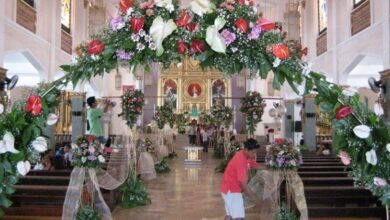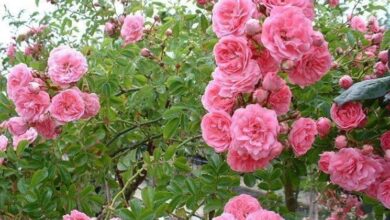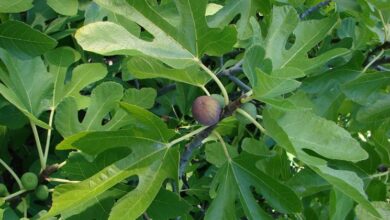Plumbago plant
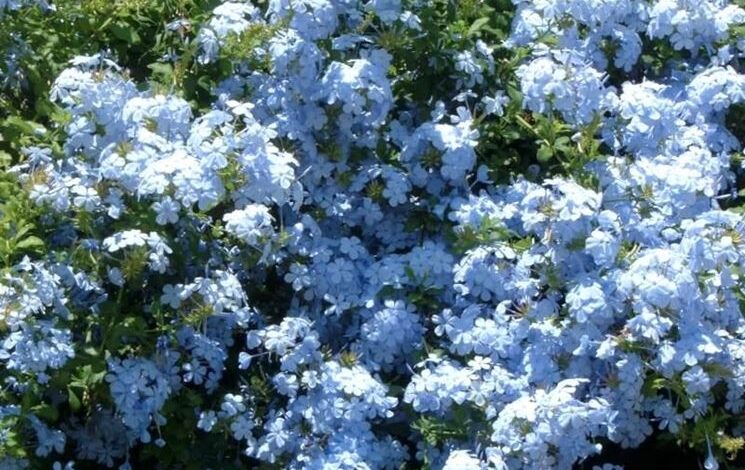
Plumbago plant
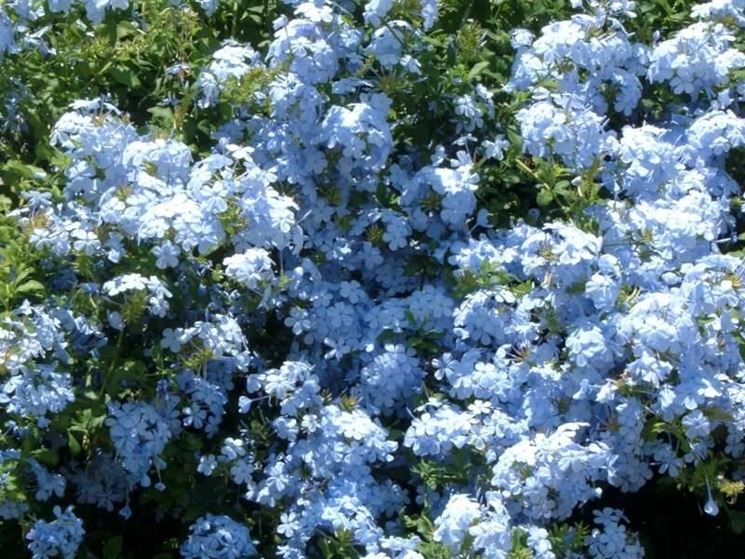
Plumbago cultivation
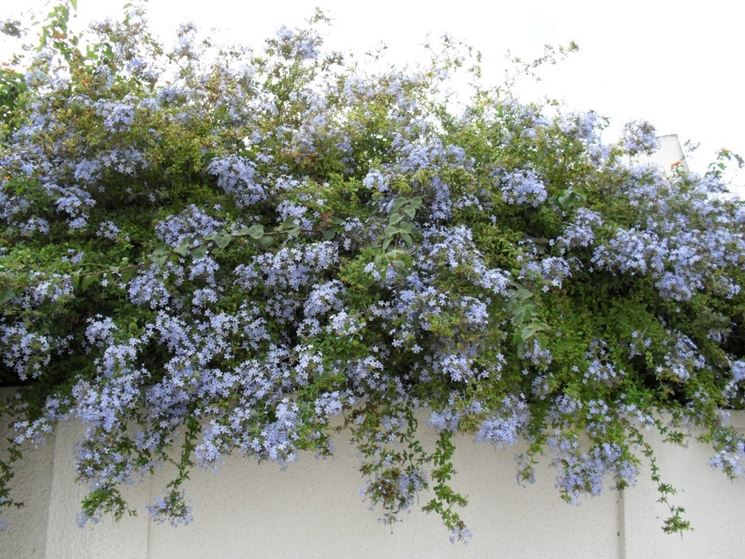
The plumbagoit should be planted in very bright areas, where the sun’s rays arrive directly for several hours a day. It is always better not to place it in full sun, otherwise it could suffer from the heat in summer. It is a plant that can stand the cold, especially when it is still young, so it is best to plant it in a place sheltered from cold winds, or in the house or in a greenhouse. We must avoid putting it totally in the shade, otherwise the risk is to never see any flower grow. The plumbago then needs to be watered very regularly, especially in summer it is advisable to give water every day in the coolest hours of the day, therefore either early in the morning or in the evening. In July and August, the soil should never be left dry, otherwise the shrub risks drying out.
Plumbago soil and multiplication
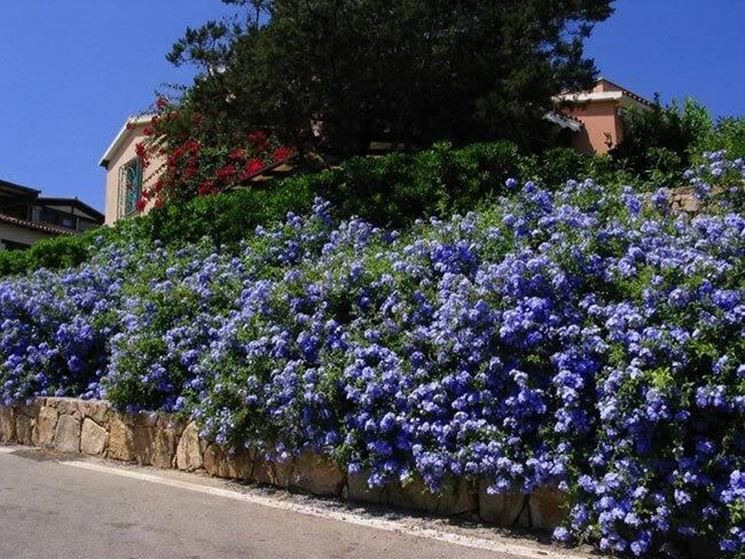
Plumbago should be planted in loose, well-drained, sandy and somewhat acidic soil. From March to October, it must be fertilized with a specific fertilizer for flowering plants which must be mixed with the watering water about every ten days. To multiply this plant, semi-woody cuttings can be made in spring or summer: the cuttings can then root in a soil formed by peat and sand in equal parts. The new plants can then be planted in the earth the following spring. The plumbago is often affected by aphids and cochineal, so it is better to prevent using specific insecticide products, but without exaggerating so as not to ruin the plant. This shrub can grow as a bush or as a climber, if placed near walls or pergolas, a bit like jasmine expands.
Flowering plumbago
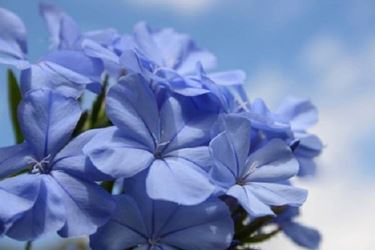
The main feature, as well as the most appreciated, of the plumbago is certainly the flowering. It usually begins in summer, but it can appear earlier, in late April, when a blue expanse of beautiful flowers opens up on the plant. It is no coincidence that it was nicknamed blue jasmine due to its resemblance to that vine; unlike jasmine, however, plumbago can be more elegant thanks to its blue color to cover canopies, pergolas and walls and embellish gardens and villas. The flowers last until October, so you can enjoy their view throughout the summer. Even the small leaves are ornamental because they are of an intense and bright green, which is well suited to the blue of the flowers. In order to better appreciate this splendid flowering, one must remember never to plant the plumbago in the garden.

